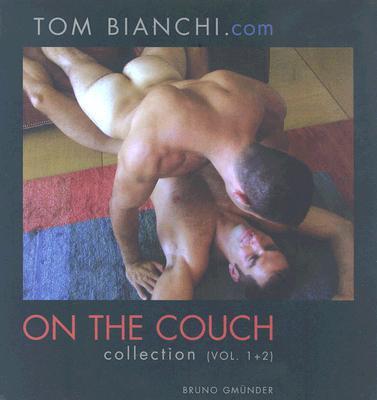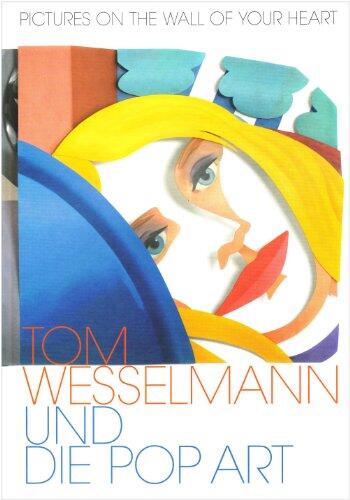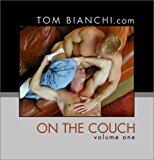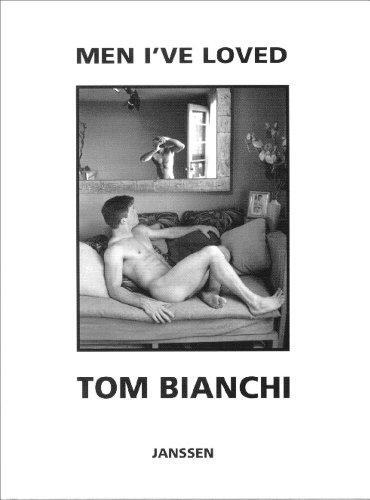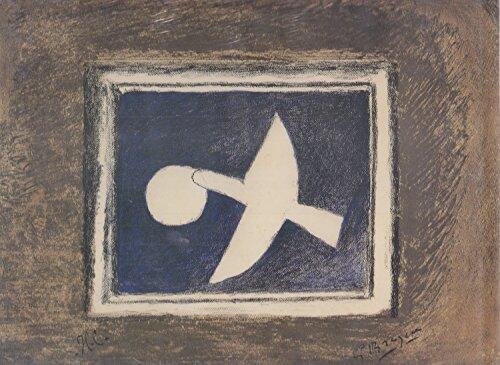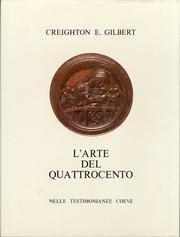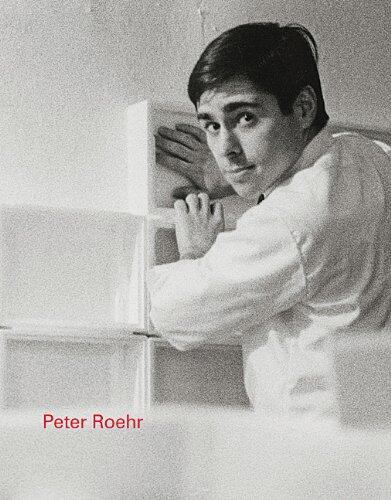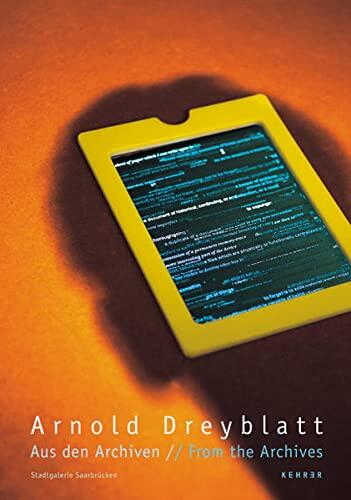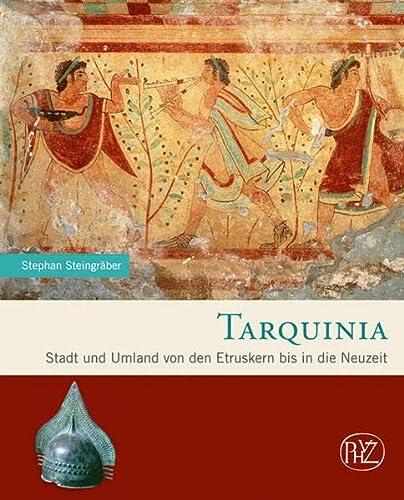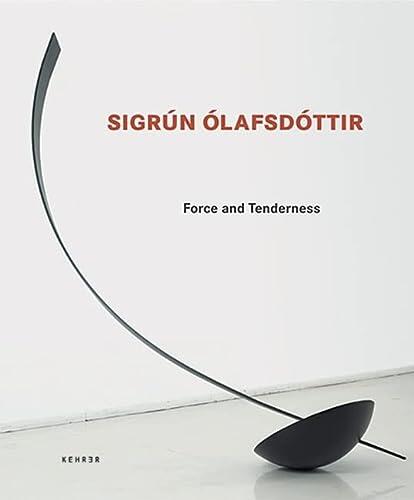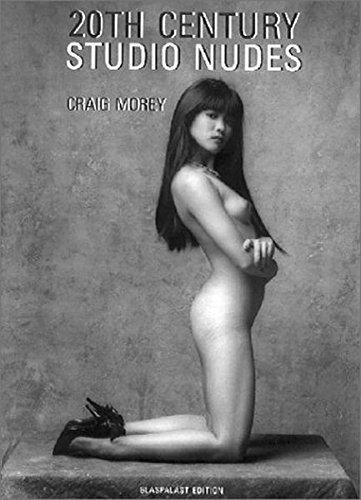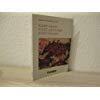
Kunst theorie, Kunst psychologie, Kunst therapie: Festschrift für Hans-Günther Richter zum 60. Geburtstag
によって
Unknown Author
まだ評価がありません
Art & Photography
形式
ペーパーバック
ページ数
302
言語
ドイツ語
公開されました
Jan 1, 1993
出版社
Cornelsen
版
1. Aufl
ISBN-10
3464598055
ISBN-13
9783464598054
説明
This collection celebrates the contributions of Hans-Günther Richter on the occasion of his 60th birthday, showcasing the intersections of art theory, psychology, and therapy. The essays within reflect diverse perspectives on how artistic expressions influence and shape psychological understanding and therapeutic practices. Each piece is a testament to Richter's impact on these fields, weaving together academic rigor with personal insights.
The authors, including prominent scholars like Barbara Wichelhaus, delve into the nuances of how art can serve as a medium for healing and insight. They explore various methodologies that highlight the therapeutic potential of creativity, revealing how art can unlock emotions and facilitate dialogue. The contributors engage with rich case studies and theoretical frameworks, emphasizing the importance of integrating art into psychological and therapeutic contexts.
As a tribute to Richter's illustrious career, this compilation not only honors his legacy but also inspires future explorations at the crossroads of art and psychology. It serves as a vital resource for practitioners, scholars, and anyone interested in the transformative power of art.
The authors, including prominent scholars like Barbara Wichelhaus, delve into the nuances of how art can serve as a medium for healing and insight. They explore various methodologies that highlight the therapeutic potential of creativity, revealing how art can unlock emotions and facilitate dialogue. The contributors engage with rich case studies and theoretical frameworks, emphasizing the importance of integrating art into psychological and therapeutic contexts.
As a tribute to Richter's illustrious career, this compilation not only honors his legacy but also inspires future explorations at the crossroads of art and psychology. It serves as a vital resource for practitioners, scholars, and anyone interested in the transformative power of art.
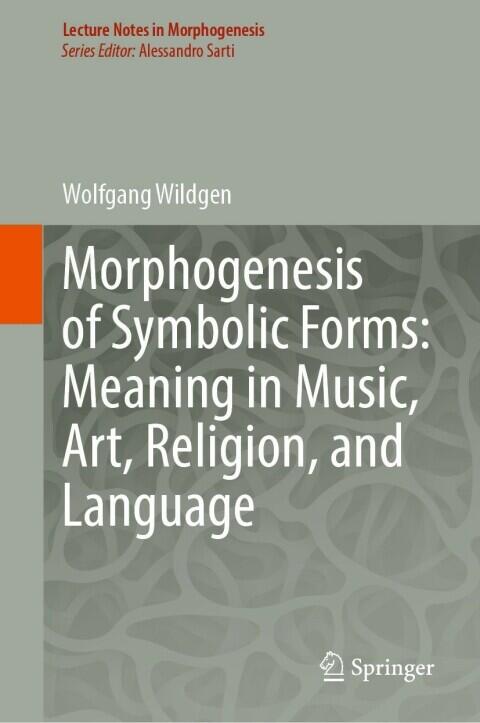

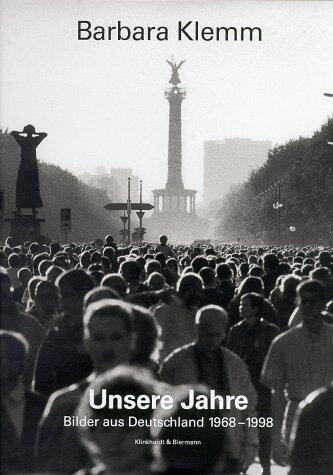
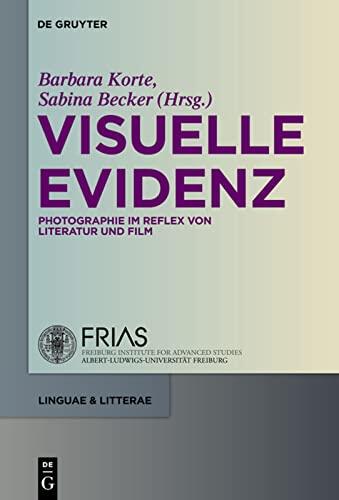
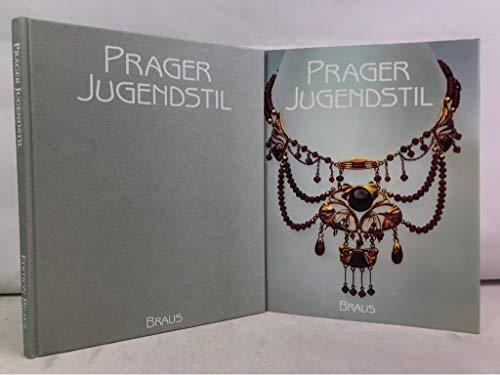
![Zwischen Abstraktion und Wirklichkeit : Fotografie der 50er Jahre, Kunstverein Ludwigshafen am Rhein e. V., 6.11.1998 bis 31.1.1999 / [Herausgeber: ... und Katalog: Barabara Auer]](https://images.bookpine.com/36105348-f304-43e4-8272-979663722853.jpg)

